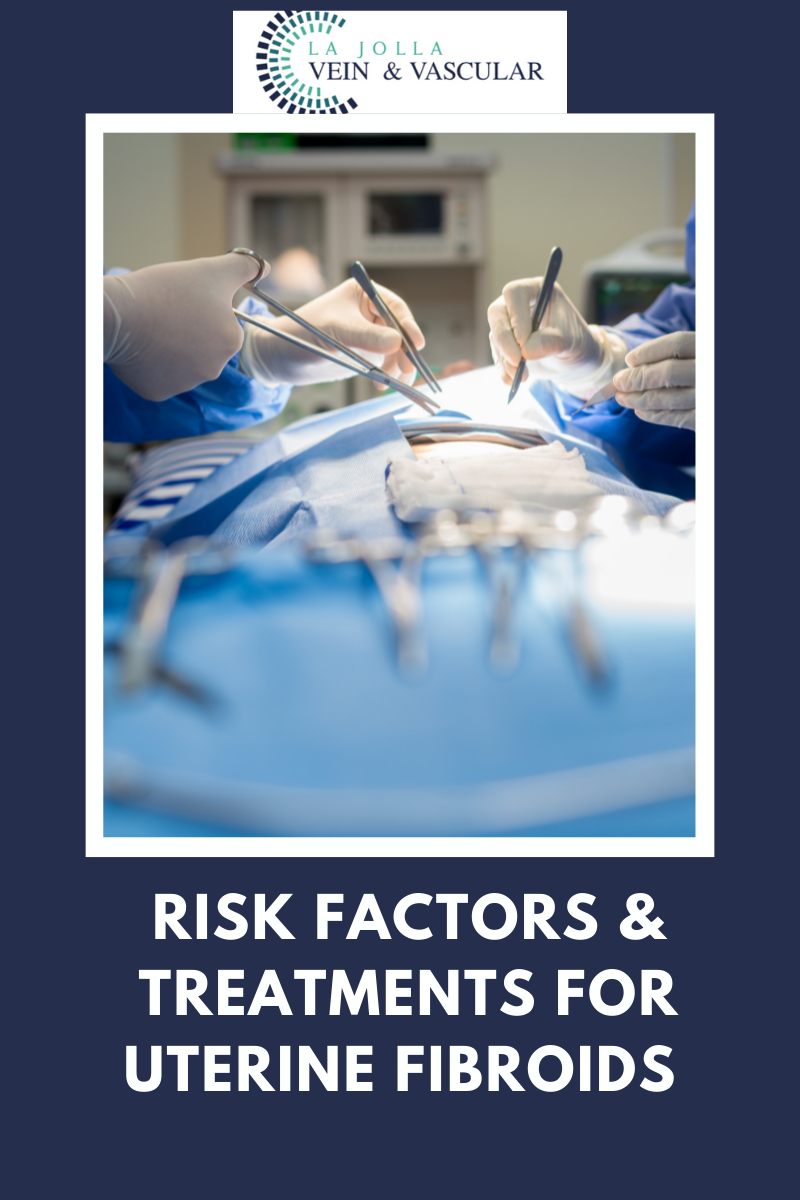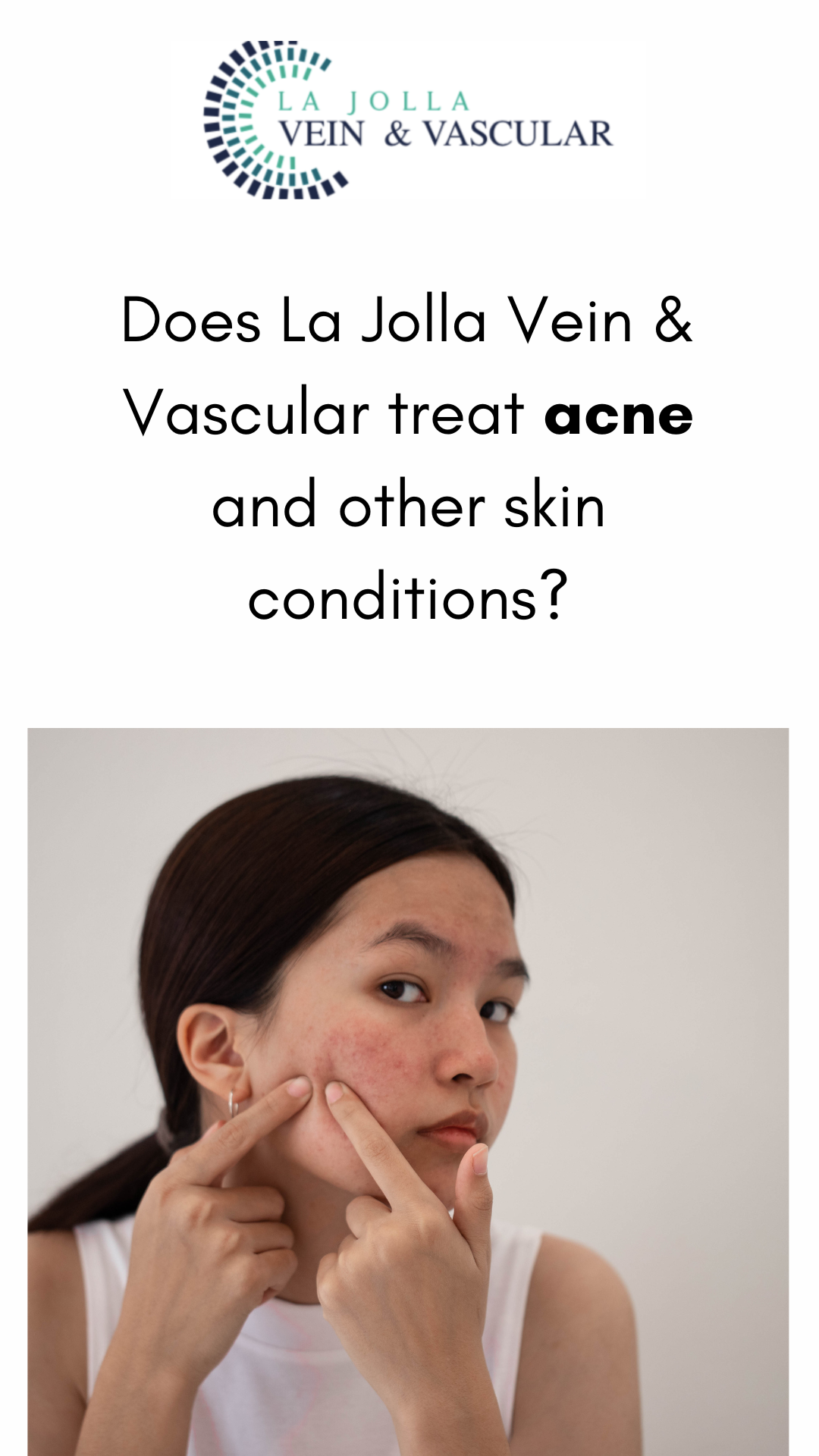What are the risk factors & treatments for uterine fibroids?

Who is at Risk of Developing Uterine Fibroids?
There are certain natural circumstances, habits, and lifestyle choices that have been shown to come with an increased chance of developing uterine fibroids, as follow:
Research indicates that women of African American ethnicity are at a significantly higher risk of developing uterine fibroids than Caucasian women for comparison.
–Age
A woman’s advancing age places her at increased risk of developing uterine fibroids. The condition will mostly be found in women in their mid-late forties or early fifties, where the majority enter or pass through their menopausal years.
Simple stated, this means that those with a history of uterine fibroids will be more likely to develop the condition.
It is believed that the consumption of red meat (beef, ham, etc) in copious amounts will increase the risks of uterine fibroid development. The consumption of green vegetables, on the other hand, is thought to reduce these odds.
Being overweight is considered to be another variable increasing women’s risk of developing this condition, with overweight patients being two to three times more likely to be affected than the average population.
Treatment Options for Uterine Fibroids
The varied nature of uterine fibroid cases and how they affect different patients in different ways means that dealing with the condition has numerous different approaches. Consultations between patients, whether presenting with symptoms or not, and their physicians should be able to see them agree on a course of action that will satisfy the patient’s best interests. Aside from medication, the typical treatment for fibroids is traditional surgical procedures. At Pedes Orange County, we offer a minimally invasive treatment option that can be reviewed below:
Traditional Surgical Procedures
These are considered invasive surgeries that involve extensive physical intervention. They include:
- An abdominal myomectomy is an option mostly employed in cases where very large, very deeply embedded, or multiple fibroids are encountered. An open abdominal procedure is often the second-to-last option for patients who see hysterectomies as a last resort.
- Hysterectomy: This major surgical intervention involves the entire removal of the patient’s uterus and is the only guarantee against the recurrent development of uterine fibroids afterward. While most women will have the option of retaining their ovaries, some will have to undergo hormone replacement therapy if they are not to enter menopause.
Minimally Invasive Surgical Procedure (Uterine Fibroids Embolization by La Jolla Vein & Vascular)
At La Jolla Vein & Vascular, we specialize in Uterine Fibroids Embolization. This minimally invasive surgical procedure involves destroying fibroid masses without necessarily removing them entirely. The techniques are most commonly applied in clinical settings due to their effectiveness, proven track record, and minimal patient impact.
- Uterine artery embolization: (Also known as Uterine fibroid embolization). Embolic agents (small particles) will be introduced into arteries to block blood flow through them, thus starving fibroids of the nutrients needed for their survival and growth.
In surgical procedures that do not entirely remove the uterus, there will be a remaining risk of new uterine fibroid development in the future.
Why Uterine Artery Embolization (UFE) Instead of a Hysterectomy
Benefits of UFE Over Hysterectomy
Uterine artery embolization (UFE ) is a minimally invasive procedure that effectively treats uterine fibroids and is considered an alternative to uterine fibroid surgery removal. Uterine artery embolization (UFE) is typically performed as an outpatient procedure, which means that most women go home the same day for recovery.
UFE has several benefits over hysterectomy. Besides involving only a small nick in the groin or wrist for catheter insertion, the uterus is preserved. There is no scar with UFE. For a UFE, conscious sedation is used, unlike a hysterectomy, where the woman receives general anesthesia. The recovery time for UFE is generally within 2 weeks, which is significantly faster than the usual 6-week recovery time after hysterectomy.
Women who have a hysterectomy that removed both the uterus and ovaries usually get estrogen replacement therapy (ERT) alone. But women who have only the ovaries removed need both estrogen and progestin because estrogen alone can increase the risk of cancer in the uterus.
The recovery time for UFE is generally within 2 weeks, which is significantly faster than the usual 6-week recovery time after hysterectomy.
The idea of having your entire uterus removed is psychologically daunting for women as some women may still want the option to carry a child, do not want to undergo a general surgery, and/or feel like removing the uterus takes away part of their identity as a female.
Treatment for Uterine Fibroids
With modern medication and care, conditions like fibroid tumors have become more treatable and easier to manage. Uterine fibroid embolization, for instance, is a fairly straightforward procedure used in…





